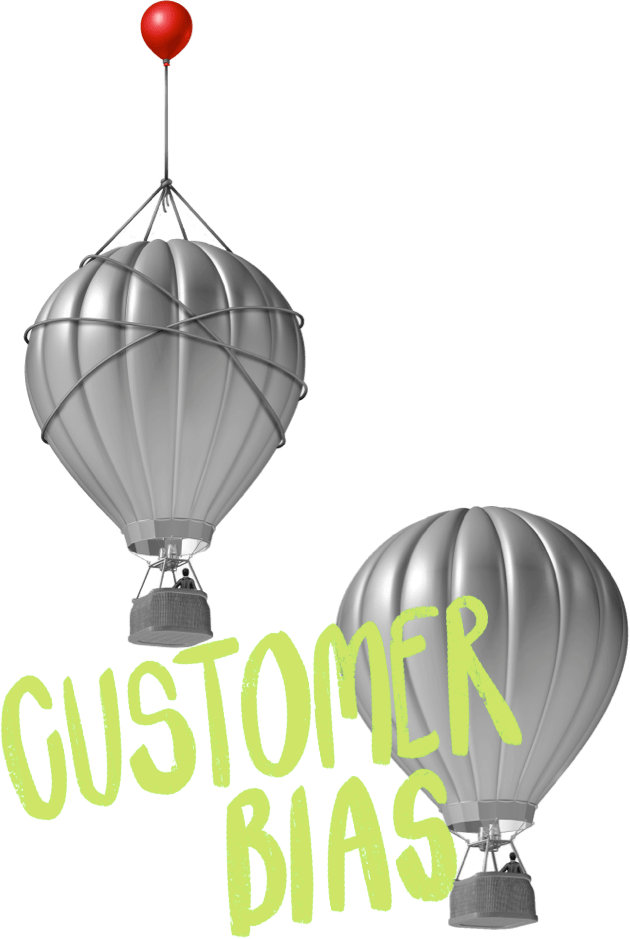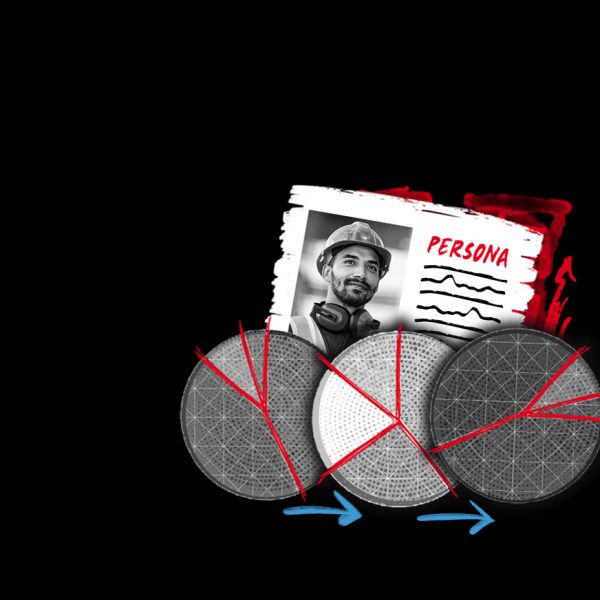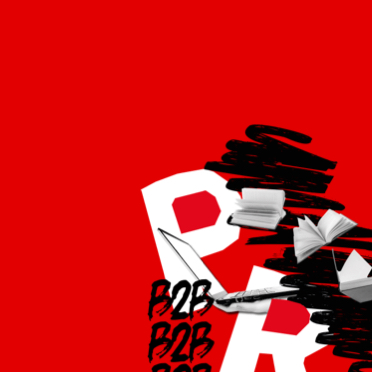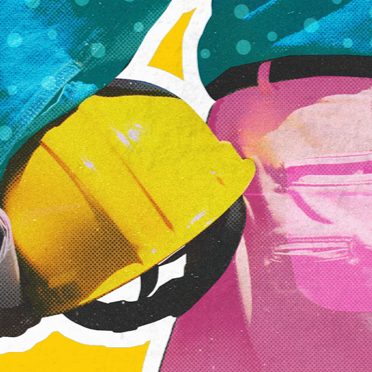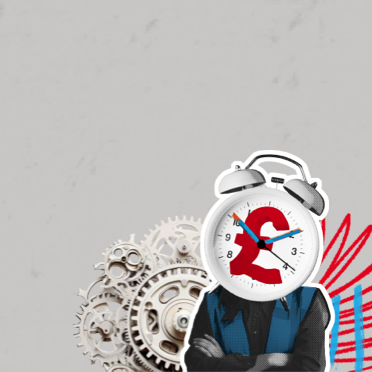Before they even talk to you about making a purchase, do you find your customers have a belligerent, bloody minded view of which supplier they prefer?
If your marketing is working well, they should do. For you.
Regardless of whether we’re considering a purchase or not, we all have a degree of inclination for – or sometimes against – companies whose marketing we’ve been party to over time. The bias mechanism at work when you’re considering which brand of trainers won’t make you look like you’re having a midlife crisis is also present when a purchasing manager is deciding which vendor to sign with.
In fact, there’s a strong case that an emotional bias is even more important in big B2B purchasing decisions – after all, there’s a lot more riding (job security, professional reputation etc) on getting a £multimillion supply contract right than there is on whether your new footwear causes teenagers to laugh at you.
Which means B2B brands should be understanding and exploiting this to create an unlevel playing field in their favour. Consider how things run without this…traditional tactics like trade shows, or intent-based digital marketing such as search and PPC ads are great for engaging with people already in market. But without having built that customer bias first you’re having to shoehorn in the reassuring explanations as to why you’re a good choice, a reliable supplier, great at developing new products etc, alongside the business of negotiating a deal. You’re on the back foot. The playing field is level at best, quite possibly tilted against you.
This is often complicated further in many B2B sectors by painfully long sales cycles. It can be years between purchase requirements for a loyal customer, let alone someone who’s acting footloose with the competition. For instance, only communicating when Karen from Widgets Inc. shows purchase intent means you’re limiting the opportunities you have to promote why you should be the preferred choice. Limiting the chances of combating any doubts they might have.
Those intent-based interactions run a lot more efficiently if your customer already has a bias in your favour; when Karen’s aware of why it would be a good choice to sign with you, and how the strong reputation of your brand will help to minimise any perceived risks she can see. Both in your product or service and for her professional reputation and standing with her boss.
To achieve this bias, brands need to find ways to communicate in a credible, engaging way for the 99% of their time that prospects aren’t in market. They need to stand for something that’s relevant to their clients – and that they can take a genuine position on. By this we don’t mean purpose in the latest wanky sense of the word (misusing any kind of position is at best a hiding to nothing), but something useful, honest and tangible. If that ends up being polarising, all the better – you’ll get nowhere being magnolia.
Problem is, most of those prospects don’t give a shit about your offer unless they need to buy. So you need to earn their attention without the usual product and brand messages. Adding to the virtue signalling and vanity purpose posts on LinkedIn isn’t going to cut it.
An advantage here is the influence of broader industry topics and market drivers on B2B brands. In the construction industry, for example, the issues of fire safety post-Grenfell and indoor air quality following the Covid pandemic impact swathes of the supply chain in some way another. And those people are interested in learning about how they can stay compliant and keep in step with best practice.
This is your chance – supplying useful information and guidance that’s relevant to your niche. The trick is to forget the sales messages and focus on whats going to be useful; what’s going to cut through the white noise on social media. And to do it regularly, through both your own channels (LinkedIn, emailers et al) and third parties; the latter being especially useful in tapping into a ready-made audience that’s likely to be much larger than could be reached through your owned media.
Get the right content in the right places and you’ll find the right people pay attention, building your brand a reputation as an authority and increasing positive bias towards it.
In most cases, this thought leadership activity dovetails well with the intent based marketing that provides the final step for those who want to enquire. A white paper on changing industry regulation can easily have a data capture form included that needs to be completed before anyone can read the full article; a trade show will likely have speaking opportunities for your experts to promote those same messages.
Ultimately, if your customers aren’t looking to buy for 99% of their time at work, your marketing needs to reflect this. Otherwise you’re throwing away 99 out of every 100 opportunities to increase the chances of them choosing you. You need to balance the need to be available and at the front of the queue when someone is ready to click with the importance of creating a favourable bias to ensure more do just that.
